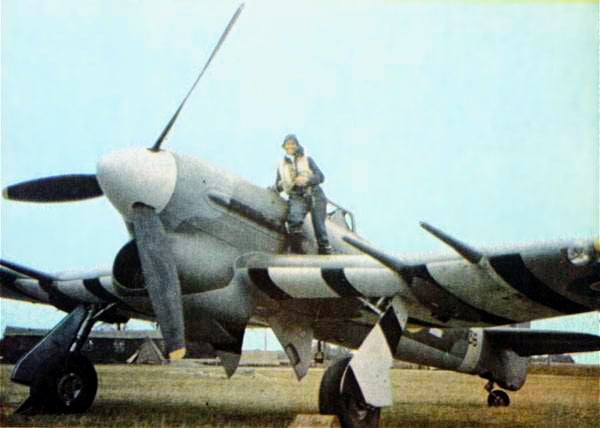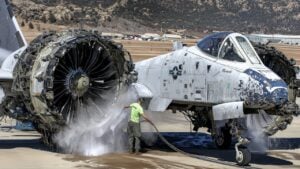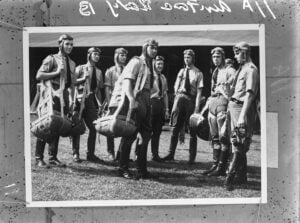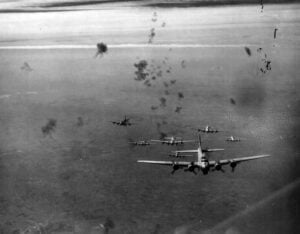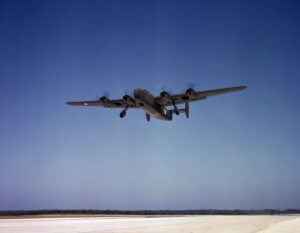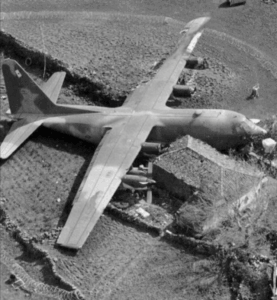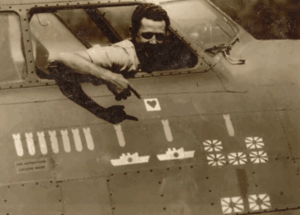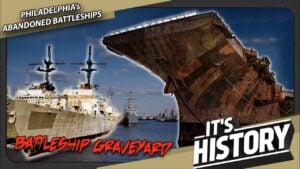How a Fighter Once Called Britain’s ‘Worst’ Turned Into the Tank-Destroying Hero of Normandy
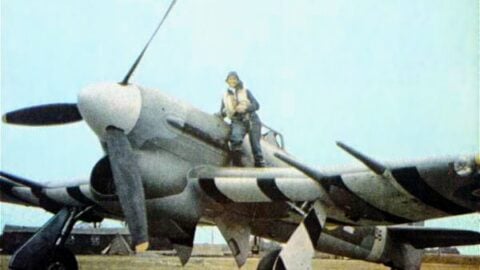
RAF, Public domain, via Wikimedia Commons
The Plane Britain Didn’t Want
In 1940, Britain was still recovering from the narrow victory of the Battle of Britain. The Spitfire had become the symbol of hope—sleek, fast, and loved by the public. When the new Hawker Typhoon was introduced, it was everything the Spitfire wasn’t. It looked bulky, flew rough, and had serious technical problems. Its engine overheated, the thick wings caused dangerous vibrations at high speed, and worst of all, its tail sometimes broke apart mid-flight. Many young pilots dreaded flying it, calling it “a coffin with wings.”
One of them was Arthur McIntyre, barely twenty years old. On his first flight, he thought the plane might fall apart in the air. “This isn’t flying,” he remembered saying. “This is surviving.” He wanted to fly a Spitfire, but his commander only told him, “Someone has to fly the ugly ones, too.” As the Typhoon squadrons struggled, newspapers labeled it a disaster. Mechanics whispered that it should be scrapped. Within the Royal Air Force, pilots assigned to it felt like outcasts. Yet, a few determined men refused to give up on the strange, troublesome aircraft.
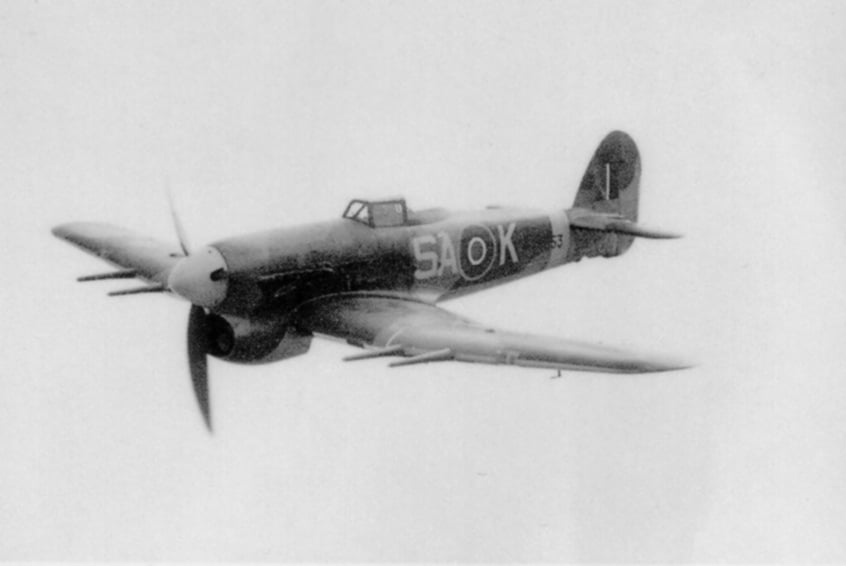
A Fighter’s Second Chance
Among those who believed in the Typhoon was Roland Beamont, a skilled test pilot. Instead of abandoning it, he kept pushing the aircraft to its limits—flying in storms, under heavy gunfire, and through high-speed dives—to find what made it unique. What he discovered changed everything.
While the Spitfire ruled the skies at high altitudes, the Typhoon was unmatched down low. Close to the ground, it was fast, strong, and surprisingly stable. Its thick wings and powerful engine gave it tremendous speed when flying just above the treetops. This was the very zone where German bombers and tanks operated. “If it can’t win up there,” Beamont told his crew, “let’s see what it can do down here.” That idea would give the Typhoon a new purpose—one that would change its reputation forever.
The Return of the Typhoon
By 1944, the Allies were preparing for D-Day—the invasion of Normandy. Thousands of soldiers were set to storm the beaches, but commanders feared one thing above all: German tanks. The Panzer divisions, with their thick armor and powerful guns, had crushed countless assaults. Traditional air strikes barely slowed them down. The Allies needed something faster, more direct, and deadly against tanks.
The answer came from the very plane everyone had given up on. The Typhoon, now modified with rockets and 20 mm cannons, was ready for a new role. It became a low-flying, high-speed strike aircraft designed to hunt tanks and convoys. The same pilots who once doubted it were now asked to trust their lives to it again—this time as ground attackers.
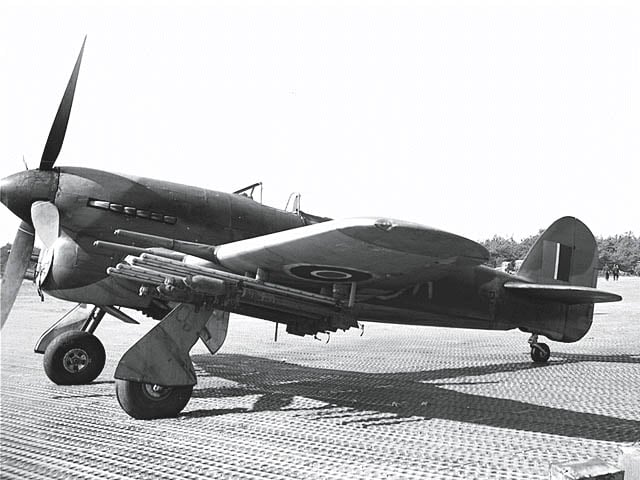
The Day It Redeemed Itself
On June 6, 1944, as troops landed on the beaches of Normandy, chaos filled the air. German tanks rolled toward the shore, threatening to push the Allies back into the sea. Through the static of the radio came a desperate call: “We’re getting slaughtered down here. Anyone up there?”
Arthur McIntyre, now a seasoned pilot, saw the dark outlines of tanks ahead. “Copy that,” he said. “Typhoon squadron—attack run.” His squadron dove low over the fields, engines roaring, firing rockets into the advancing armor. One explosion lit up the field, then another. In minutes, the German tanks were burning wrecks. For the soldiers below, the arrival of Typhoons meant survival. They began to chant, “Where are the Typhoons?” knowing that when the aircraft appeared, they had a fighting chance.
The Fighter That Refused to Die
By the end of the Normandy campaign, Typhoon squadrons had destroyed more than 400 enemy tanks and countless vehicles. McIntyre returned to base exhausted, his aircraft riddled with bullet holes but still flying strong. The same commander who had once dismissed the Typhoon as useless saluted him and said, “The ugly one did its job, son. Hell, it saved us all.”
The Hawker Typhoon never achieved the fame of the Spitfire. It was not graceful, and it was far from pretty. But it became one of the most effective weapons of the war—proof that failure can become strength when courage and persistence take hold. As Arthur McIntyre later said, “We didn’t fly to be heroes. We flew because someone had to.” And in doing so, the pilots of the Typhoon turned one of Britain’s biggest disappointments into the fighter that saved Europe.
